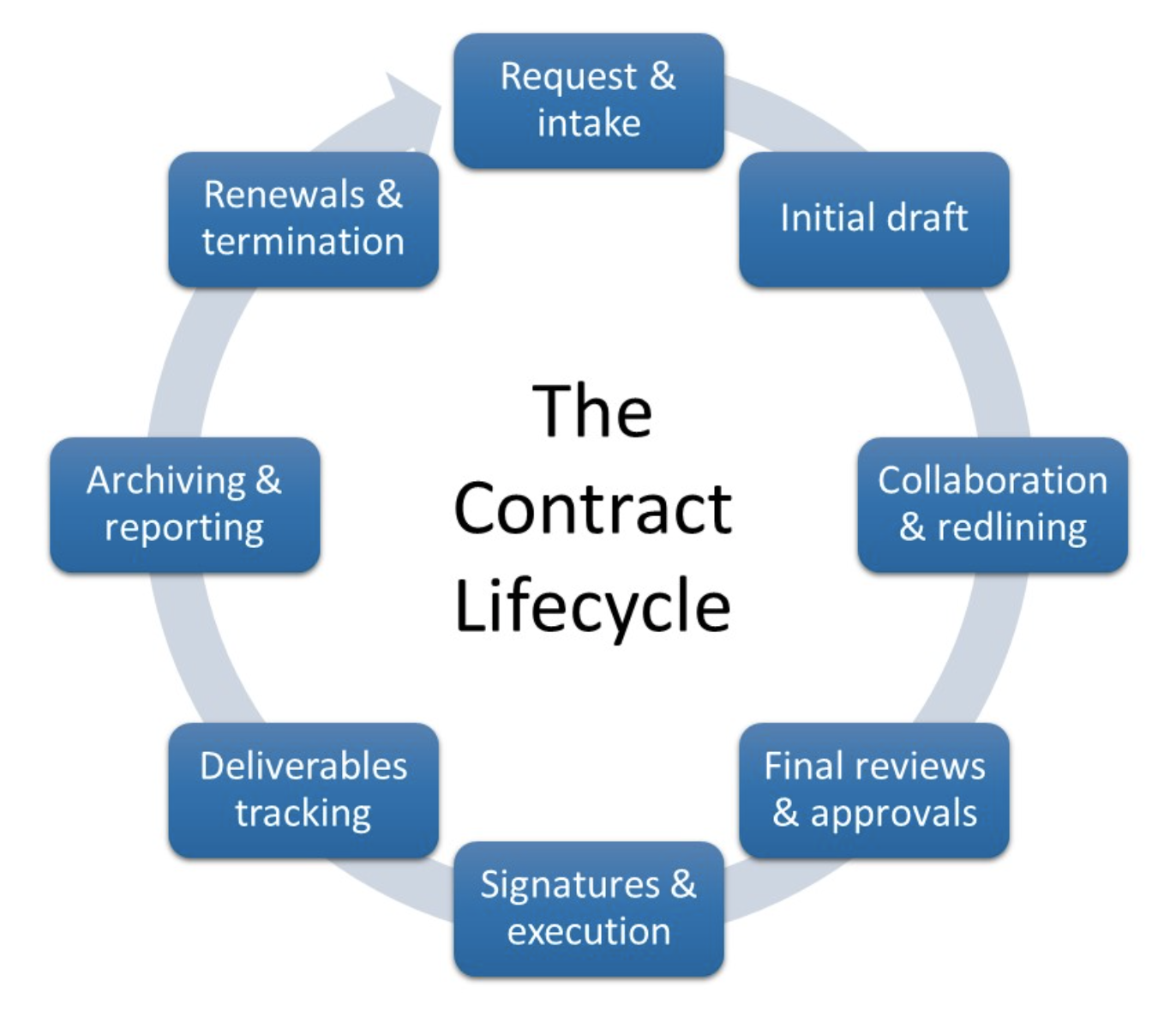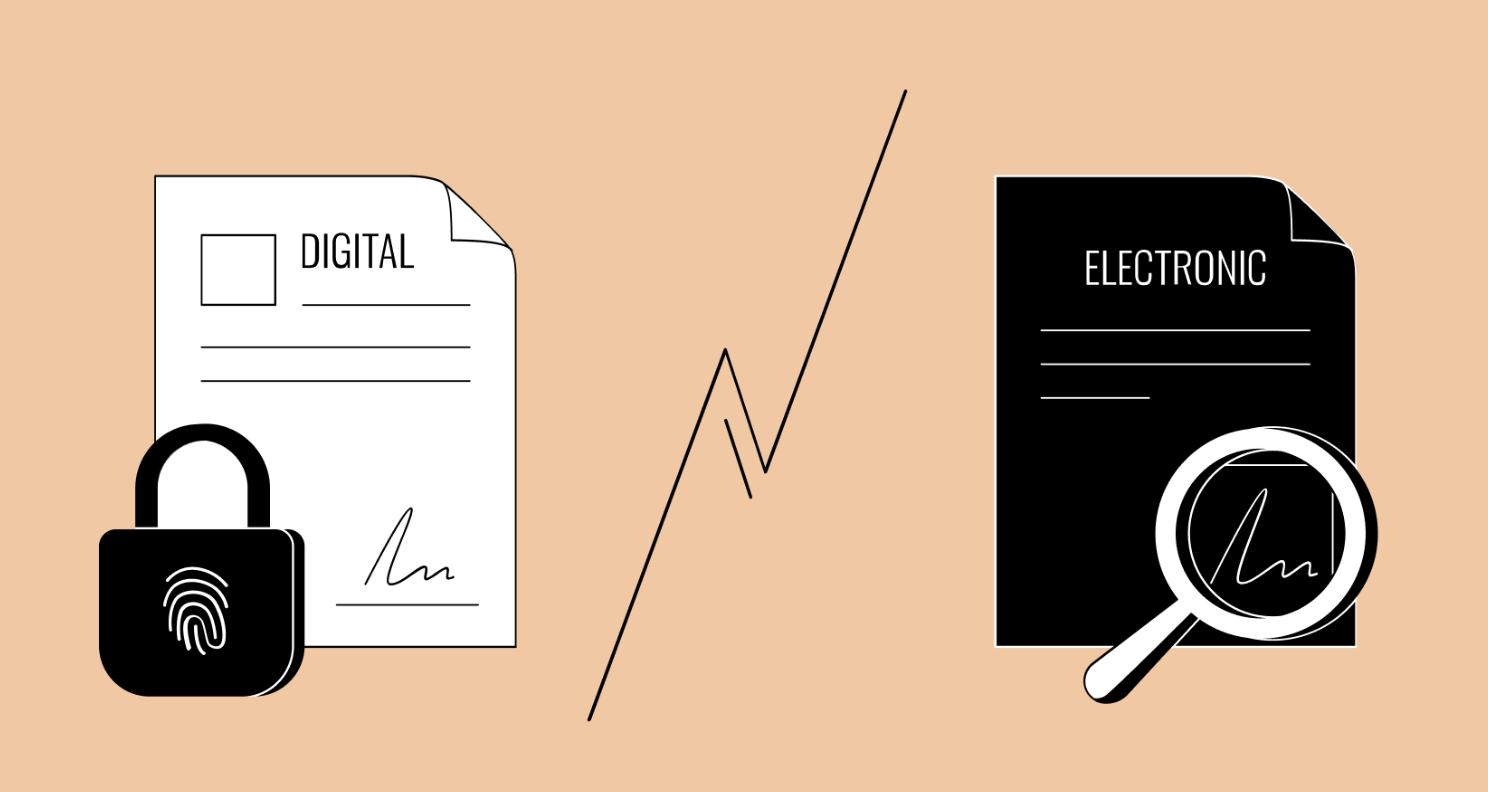What Is Contract Lifecycle Management (CLM)?
Mar 11th, 2024
Contract lifecycle management (CLM) is a critical task in modern business operations. It ensures that organizations can effectively manage their contracts through each stage of their lifecycle. The value of CLM lies in its capacity to streamline processes, significantly reducing the time and resources devoted to managing contracts.
Implementing a comprehensive CLM process — supported by contract management software — can transform how legal teams manage contracts, making contract management more efficient and cost-effective. Nevertheless, few organizations take advantage of this opportunity. Recent studies reveal only a little over 20% of organizations actively track the costs or benefits of their contract management efforts. This gap highlights the potential for businesses to leverage CLM for insights and improvements in their contract management strategies.
This guide will delve into the contract lifecycle and its connection to the latest best practices in CLM.
Key Takeaways
- CLM is essential for streamlining contract management, enhancing efficiency, and saving resources.
- Despite its benefits, CLM is underutilized, with only 20% of businesses monitoring contract management metrics.
- Proper CLM practices and software implementation can significantly enhance legal teams’ contract handling.
😉 Bonus: Check out our 10 Contract Lifecycle Management (CLM) KPIs Every Business Needs.
Stages of the Contract Lifecycle
 Across different industries and kinds of businesses, most contracts pass through common phases or stages that require the attention of different teams and the completion of different tasks. Attributing a lifecycle to contracts helps organizations break down the contract process into distinct phases. This makes it easier to manage and understand each part of the contract’s journey from inception to conclusion or renewal. Understanding these stages empowers organizations to foresee potential hurdles and strategically mitigate them at every turn.
Across different industries and kinds of businesses, most contracts pass through common phases or stages that require the attention of different teams and the completion of different tasks. Attributing a lifecycle to contracts helps organizations break down the contract process into distinct phases. This makes it easier to manage and understand each part of the contract’s journey from inception to conclusion or renewal. Understanding these stages empowers organizations to foresee potential hurdles and strategically mitigate them at every turn.
Although you will find variations from organization to organization, the contract lifecycle typically includes these milestones:
- Planning: The journey begins with laying the groundwork—identifying the contract’s purpose, gathering the relevant documentation, and setting the agreement’s objectives.
- Authoring: Here, authors draft the contract, often using templates to ensure no critical element is overlooked. A legal review is prudent here to refine the language and dispel ambiguities.
- Negotiation: This stage sees both parties finalize the contract’s terms through discussions and revisions. Contributors collect supporting documents and may use CLM software to facilitate real-time updates and changes.
- Approval: After negotiation, the contract undergoes a review process, securing approvals from key stakeholders.
- Signing: With approvals in place, the parties sign the contract, often using electronic or digital signature solutions integrated with CLM software.
- Execution: This phase is about action—fulfilling the contract’s stipulated obligations and deliverables.
- Revision: Over time, contracts may need amendments or updates to reflect changes in the business relationship or external conditions.
- Reporting: Also known as compliance, this stage ensures all terms are met, aligning with legal requirements and standards.
- Renewal: The final stage where parties may choose to renew the contract under the same terms, renegotiate, or terminate the agreement.
CLM Best Practices for Enhanced Efficiency
To reap the benefits of analyzing contracts in terms of lifecycle stages, organizations should implement proven best practices that apply widely across different industries.
-
Standardize
Implementing uniform processes and criteria across all contracts can cut down errors and confusion, paving the way for smoother operations and fewer legal hitches.
-
Use Contract Templates
Leveraging pre-approved templates for contract creation saves time and legal expenses, ensuring consistency and reducing the risk of oversights.
-
Develop Consistent Language and Clauses
Employing clear, consistent language in contracts prevents misunderstandings and ensures all parties are on the same page, leading to dependable contract execution.
-
Centralize Contract Management with a Digital Repository
Storing all contract-related documents on a single platform enhances accessibility, security, and efficiency, reducing common errors such as lost or duplicated documents.
Smart storage solutions include secure, cloud-based repositories with internal search capacity, optical character recognition (OCR) for scanned documents, and role-based access security. Implementing such measures ensures contracts are secure, organized, and accessible contract management, allowing for better strategic decision-making based on contract data.
-
Adopt Electronic or Digital Signatures

Image Source: https://digt.com/electronicsignature/
Transitioning to electronic signatures can significantly expedite the contract signing process, moving away from traditional wet ink signatures to more efficient and secure digital solutions, and automatically establishes an audit trail.
-
Automate Deadline Tracking
Utilizing software that reminds you of renewal dates and important obligations can prevent missed deadlines and avoid contract breaches, protecting your business interests.
-
Monitor Performance with Analytics
Regularly evaluating contract performance against business goals allows for strategic improvements, shortening the contract lifecycle and enhancing overall business performance.
Selecting the Right CLM Software
The success of CLM depends on the right technological support. CLM, or contract management software, plays a pivotal role here, offering features that smooth out the contract lifecycle’s every curve. Essential features include:
- Contract Creation and Template Management: Streamlines drafting with customizable templates.
- Workflow Automation: Speeds up contract processing with automated approvals and alerts.
- Electronic and Digital Signature Integration: Facilitates the signing of contracts digitally, enhancing efficiency and establishing audit trails.
- Contract Repository: Offers a centralized database for storing and managing contracts.
- Search and Reporting Tools: Simplifies document retrieval and report generation.
- Compliance Management: Helps ensure compliance with internal policies and external regulations.
- Collaboration Tools: Supports collaborative editing and negotiation within the platform.
- Security Measures: Provides robust security features to protect sensitive contract information.
Choosing software with these features will significantly improve contract management efficiency, reduce risk, and ensure compliance within your organization.
Contract Lifecycle Management (CLM) with Contract Logix
Effective CLM can deliver quantifiable benefits to the bottom line for most organizations. While there’s no shortage of software products to help with CLM processes, Contract Logix stands out by offering a comprehensive suite for mastering CLM, all within a single, user-friendly platform.
From workflow automation and signature integration to advanced performance analytics, Contract Logix equips you for excellence at every CLM phase.
To learn more, request a demo of Contract Logix today.
Looking for more articles about Contract Management? Check out our previous article “9 Signs You Need a Contract Tracking Software Solution“.
Navigate CLM Success With Contract Logix
Download our Data Extraction Product Brief to learn how you can begin to navigate CLM success by automating the hard work using artificial intelligence with one of the best Contract Management Software’s on the market today


